The next country on our trip Around the world in 50 experiments It's Egypt!
Egypt is a fascinating country with a long and rich history. The first settlers along the banks of the Nile River are thought to have arrived around 8,000 years ago. Each year, the Nile would flood the surrounding lands during the summer, leaving behind rich silt perfect for farming. The fertile land attracted more people and small towns sprang up along the flood plain. The land was originally divided into Upper and Lower Egypt until around 3100 BC, when they were united to form the Kingdom of Egypt, believed to be one of the first nations in the world! This period of Ancient Egypt lasted until around 1000 BC, when Egypt lost its independence.
Ancient Egypt is known for its enormous contributions to mathematics, astronomy, and human civilization. The pyramids of Egypt remain a great source of inspiration for architects, mathematicians, and artists today.

What is the capital of Egypt?
The capital of Egypt is CairoCairo is one of the most populous cities in the world and a hub for Africa. In Cairo you will find everything you associate with a modern city, including skyscrapers, hotels and restaurants mixed with ancient monuments, traditional churches and markets.
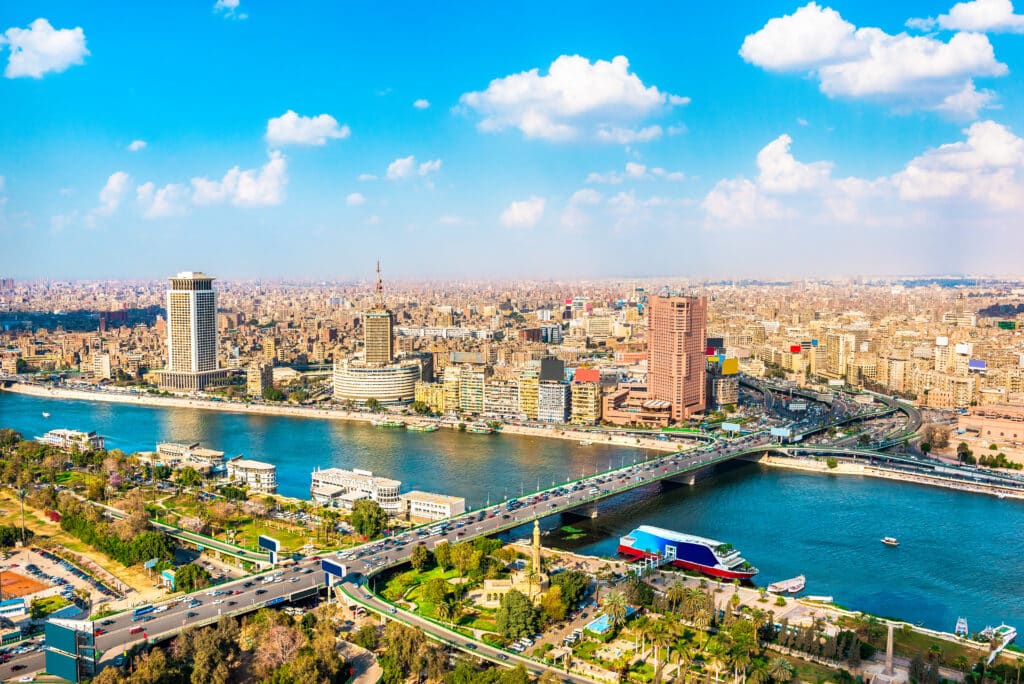
Where is Egypt?
The Sinai Peninsula in Egypt connects Africa to Asia. Egypt is located at the northeastern tip of Africa and the southwestern tip of Asia.
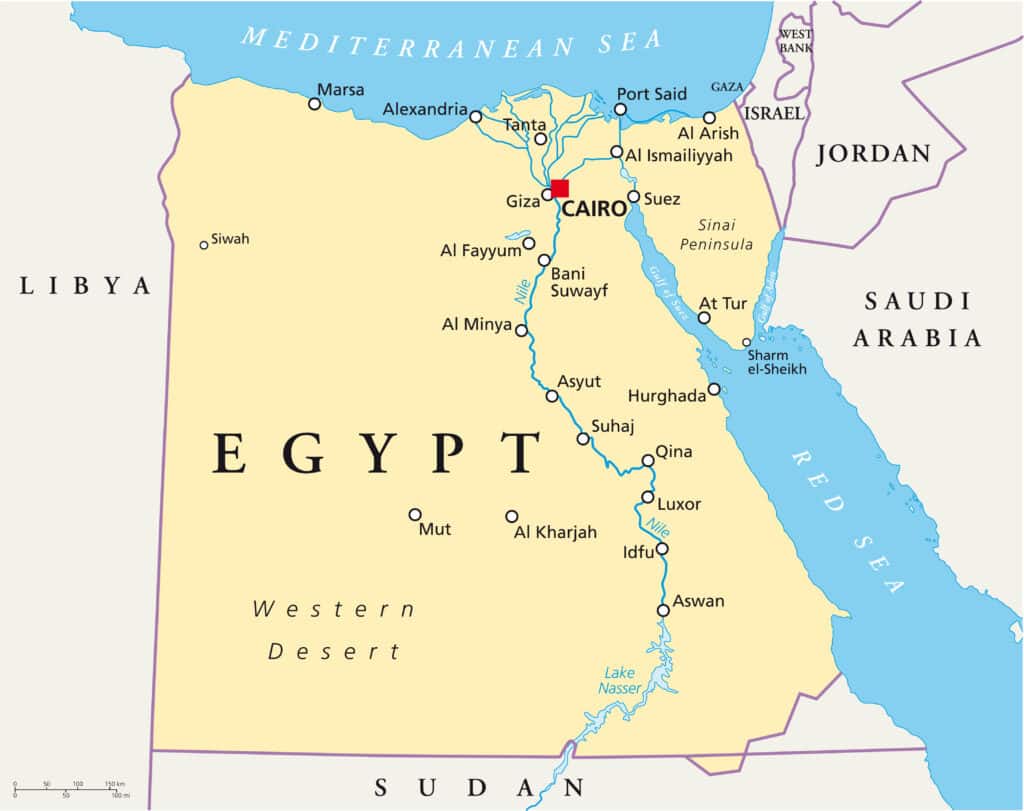
What is the climate like in Egypt?
Most of Egypt is desert, so the climate is arid. Summers are hot and dry and winters are mild. Annual rainfall in Egypt is very low. It is one of the driest countries in the world. Even the wettest areas of Egypt receive less than 20 cm of rain per year on average.
Nature in Egypt
Animals commonly found in Egypt include gazelles, crocodiles, a wide variety of birds and insects, camels and cobras.
Pyramids of Ancient Egypt
The first Egyptian kings were buried under rectangular buildings called mastabas. The first pyramid was created by an architect named Imhotepwho created a step pyramid for King DjoserThe Step Pyramid was a stack of boxes that got smaller as they went up. Imhotep's pyramid was the inspiration for King Khufu's Great Pyramid at Giza, which still stands today. The Great Pyramid was built around 2550 BC and took over 20 years to build, using a workforce of around 20,000 people!
The second pyramid of Giza was built by the son of Cheops, along with the Great Sphinx. The Great Sphinx is a huge statue with the head of a person and the body of a lion.
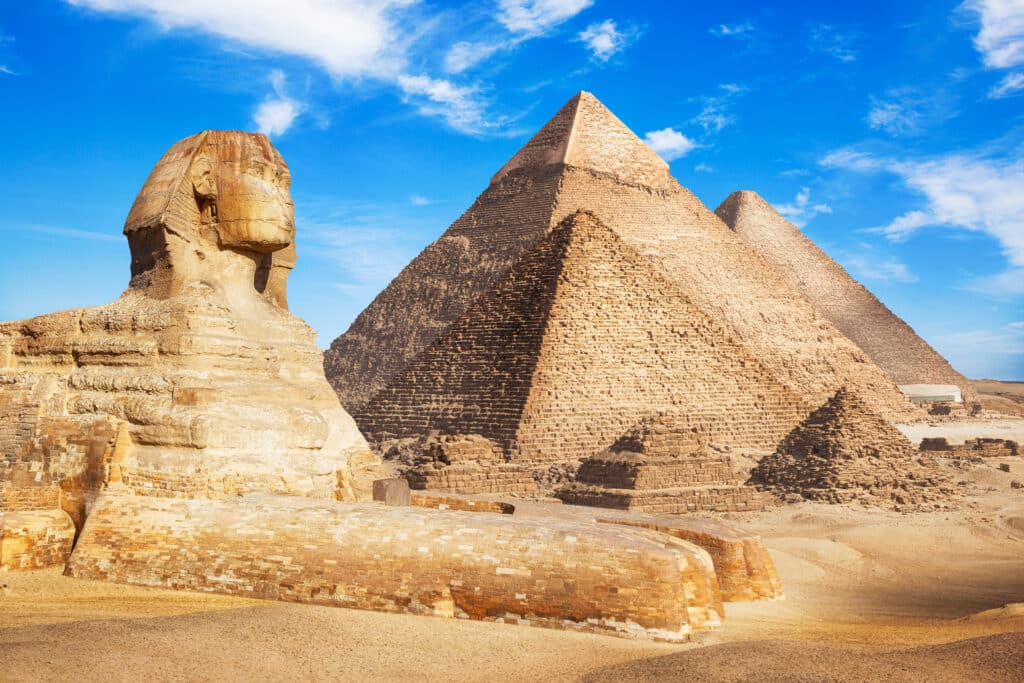
Scientific activities to learn about Egypt
Precipitation comparisons
Egypt has very little rainfall. Compare the average rainfall in your country with that of Egypt!
Model pyramids
Use LEGO to build a step pyramid model. There's a great one on the site LEGO Ideas website.
Mummify a vegetable
The ancient Egyptians believed that the body was reunited with its spirit in the afterlife, so they preserved bodies through a process called mummification.
First the body was washed and then the organs were removed. The brain was thrown away because it was considered useless, and the liver, stomach, intestines and lungs were cleaned, preserved and sealed in canopic jars. The heart was placed back into the body. The body cavity was then filled with salt to absorb moisture and the body was left to dry for 40 days. The salt prevented the body from decomposing. The final stage was to remove the salt and fill the body with spices, plants and rags so that it would maintain the human form. The corpses were then wrapped in linen.
This activity uses salt to dry vegetables, demonstrating why the ancient Egyptians used salt in the mummification process.
You will need to
Three small plates
Fresh vegetables
Salt
Instructions
Create an identical vegetable shape on each plate.
Cover one with salt, place one in the refrigerator and leave the other at room temperature.
Check all dishes every day for a week and record the appearance of the vegetables.
Vegetables stored in the refrigerator should look healthier, as the low temperature inhibits the growth of bacteria.
Salted vegetables should be dried. Salt also inhibits the growth of bacteria.
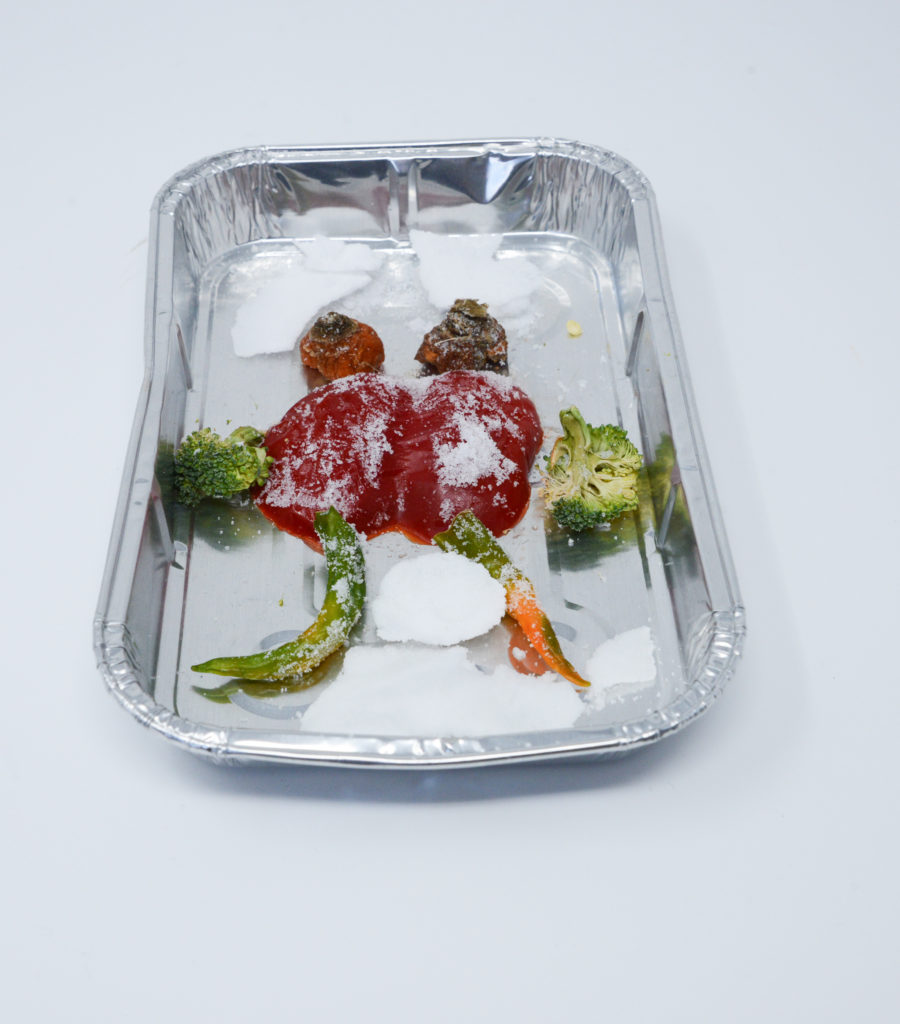
Image and activity taken from Raw science
Building pyramids
The Egyptians had to move large stones from where they were to the pyramid site and then lift them to the top. Scientists believe the Egyptians used ramps to get the stones up to the pyramid and dragged them overland on large sleds. Adding water to the sand would have reduced the friction, which means that fewer men were needed to move the stones.
If you have a large tray of sand, try placing a small wooden board with blocks on top. It should be easier if the sand is wet!
Fun facts about Egypt
Egypt is divided into two parts: Upper Egypt in the south and Lower Egypt in the north. This name is due to the fact that the Nile flows from south to north.
The capital of Egypt is Cairo.
The Nile River is the longest river in the world. It measures 6,650 km!
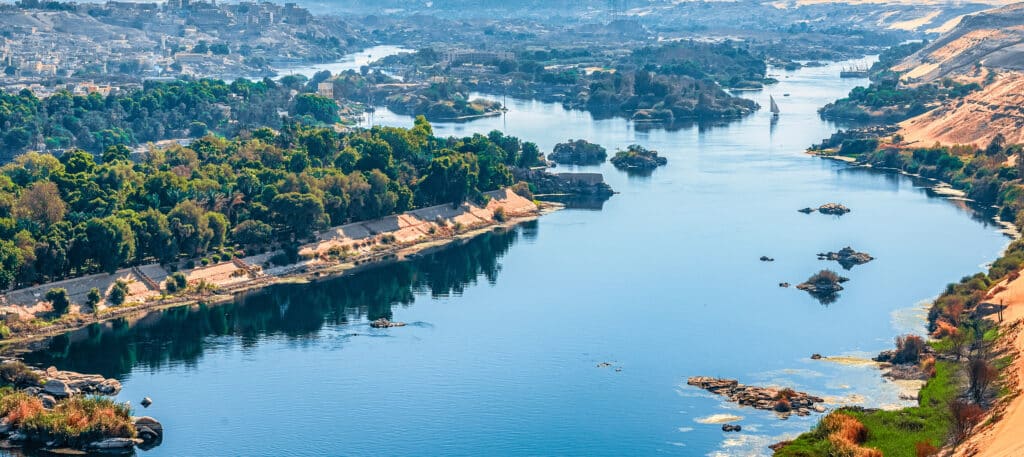
Today there are still more than 100 pyramids standing in Egypt.
The ancient Egyptians sometimes mummified cats!
The Great Pyramid is the only one of the Seven Wonders of the ancient world remained standing.
Egypt was also home to another of the Seven Wonders of the ancient worldthe Lighthouse of Alexandria.
Egypt's population is around 100 million people.
The Suez Canal connects the Mediterranean Sea with the Indian Ocean.
Most of the population lives along the Nile.
The study of ancient Egypt is called Egyptology.
The Aswan Dam stops the Nile River from flooding every year.
Hieroglyphic writing had no vowels!
Cleopatra was the last pharaoh of ancient Egypt.
Discover more about Egypt
Find out everything you need to know about the visit The pyramids of Egypt.
Learn more about Mummification and the afterlife.
References
Climate https://weather-and-climate.com/average-monthly-rainfall-temperature-sunlight-in-egypt
Imhotep https://www.britannica.com/biography/Imhotep
Pyramids https://www.livescience.com/32616-how-the-egyptian-pyramids-were-built.html
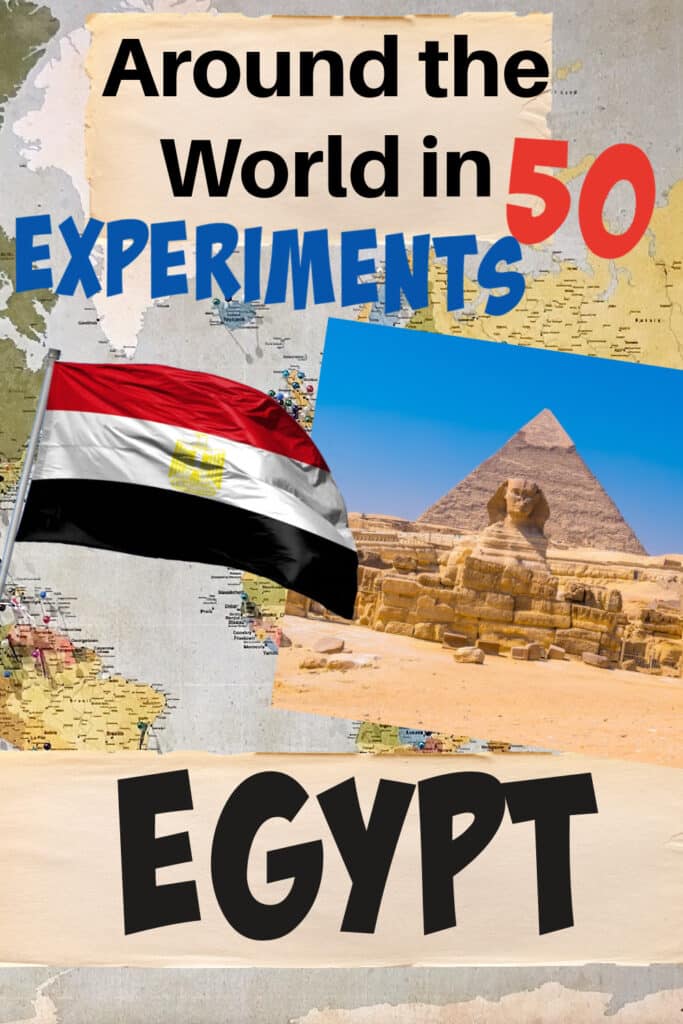
Last updated on November 15, 2023 by Emma Vanstone













Leave feedback about this